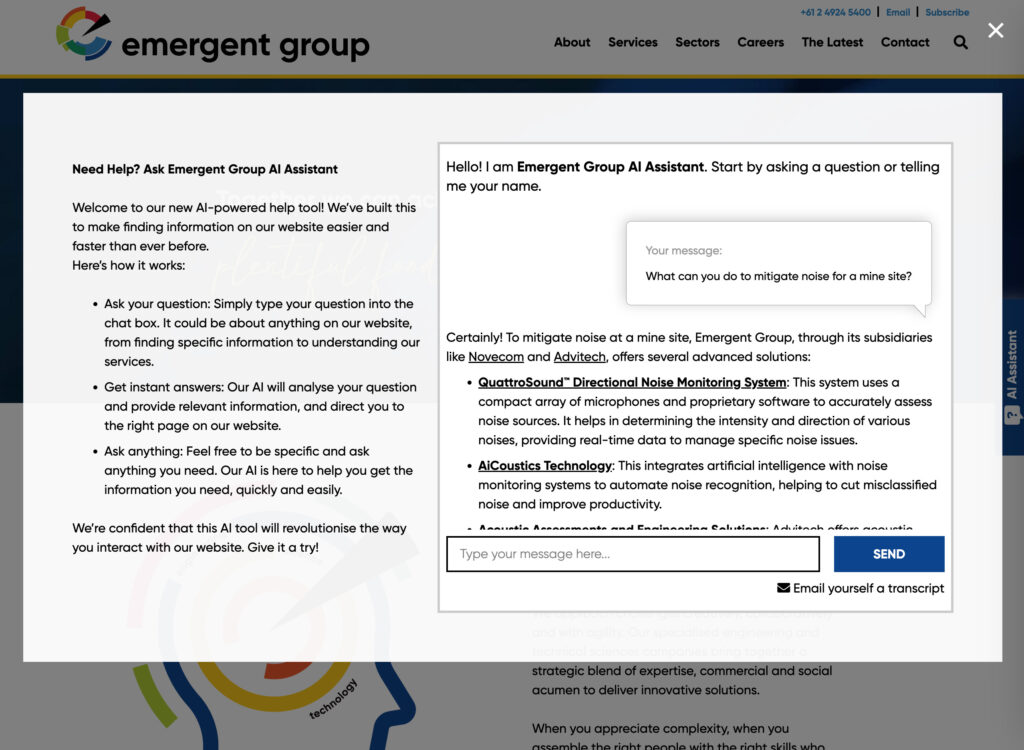Ready for some interesting brain facts?
- 90% of information transmitted to the brain is visual.
- We process visuals 60,000 times faster than text.
- Visual memory is encoded in the medial temporal lobe of the brain, the very same place emotions are processed, enabling easy accessibility for both positive and negative visual emotional reactions.
- Your brain will scar indefinitely from seeing a bad stock photo
Ok that last one was a bit cheeky, but yet oh so true.
Imagery is a highly powerful tool that enables us to capture a user’s attention, triggering the right kind of emotional response to influence information retention or to evoke action.
When considering imagery for your website it is important to analyse the use, placement, quality and relevance of imagery throughout to ensure your product, service or statement is being portrayed as intended.
Here are 3 guidelines to choosing the right imagery for your online space.
- Ensure your images are relevant.
Imagery for image sake, or to fill space, is not reason enough. This will be transparent to the user and will only cause confusion when the user is taking in the page’s information. It needs to be relatable, it needs to sit well within the context of the information as a whole, and it needs to tell it’s own visual story.Imagery comes in many forms including photography, illustration and moving images to name a few, and within these mediums you have internally sourced imagery as well as purchasable stock images available to utilise. Whatever the medium you select to display, ensure it tells the story that’s intended in the right light for that important emotive response.
- Ensure images are of high quality.
Images can be rescaled down to fit within an area, in fact this is preferred when it comes to displaying imagery for retina displays, however smaller images than their intended area, or resizing up to fit an area, can pixelate or distort the image giving an unprofessional and outdated look, ultimately distracting the user and can portray a negative reaction to the information at hand.
- Image-focused design; use and limitation
In recent years, image-focused design has become more popular in its use in website design, just look at any of the big players in consumer based business and retail such as Apple, Spotify and Coca-Cola. Image-focused design is strongly emotive and can capture the attention of the user instantly with powerhouse emotive stories, this is fantastic on a homepage main real estate, a landing page and even a login page. However it is important not to overkill this design theme throughout your site. It must not distract from the purpose of the user’s experience and most importantly should not overshadow important content or functionality. We definitely recommend the use of image-focused design, but it’s important to recognise relevance and limitation.
Image-focused design is strongly emotive and can capture the attention of the user instantly with powerhouse emotive stories, this is fantastic on a homepage main real estate, a landing page and even a login page. However it is important not to overkill this design theme throughout your site. It must not distract from the purpose of the user’s experience and most importantly should not overshadow important content or functionality. We definitely recommend the use of image-focused design, but it’s important to recognise relevance and limitation.
It’s also important to consider use of imagery when it comes to setting up shop for an e-commerce website. Users will often rely on product images to assess product features and determine the users expectations of the product. A product with aesthetically pleasing imagery will enable a user to be more confident with purchasing the product. Professional photography of products may be an upfront cost that’s not at the forefront of one’s budget, but it is definitely an investment you’ll want to make.
Whether you already have a website in need of a refresh, or you’re in the process of building content for your future online presence, make sure you inspire and engage your audience with website imagery that permits and encourages user experience.


 Image-focused design is strongly emotive and can capture the attention of the user instantly with powerhouse emotive stories, this is fantastic on a homepage main real estate, a landing page and even a login page. However it is important not to overkill this design theme throughout your site. It must not distract from the purpose of the user’s experience and most importantly should not overshadow important content or functionality. We definitely recommend the use of image-focused design, but it’s important to recognise relevance and limitation.
Image-focused design is strongly emotive and can capture the attention of the user instantly with powerhouse emotive stories, this is fantastic on a homepage main real estate, a landing page and even a login page. However it is important not to overkill this design theme throughout your site. It must not distract from the purpose of the user’s experience and most importantly should not overshadow important content or functionality. We definitely recommend the use of image-focused design, but it’s important to recognise relevance and limitation.

